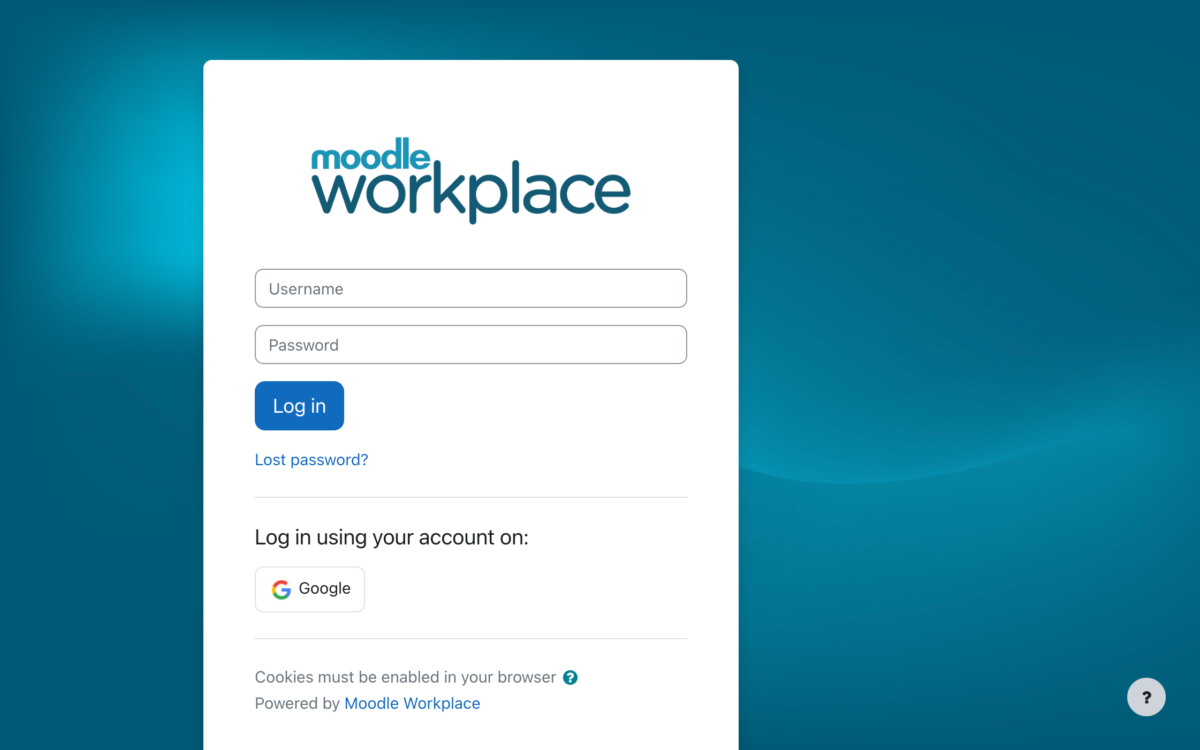Let’s say you have decided to go down the path of mobile learning for your decentralised work force. What are the key considerations to make it happen?
You first have to accept that mobile learning requires a commitment to performance support and on-demand updates. What does this mean in plain English?
Let’s say you have a sales force pounding the pavement in a distant land and one of your key products has an updated functionality that becomes part of the pitch. The sales team had just completed a face-to-face course last month—some attending through Google hangouts–but now a key feature needs to be communicated quickly.
How do you effectively communicate that update?
Video works wonders. One internet industry expert predicts that roughly three-quarters of internet traffic will be video by 2017. When you add that to the 7 to 8 billion smart phone users, the push for video occupies a top tier in mobile learning design.
For mobile up skilling, that means a short–and we do mean short—presentation of the key features that will help your sales team gain the edge. That video can be quickly assembled with any number of screen capture editing tools and voiced over quickly. Store it in your company cloud, send out a group email, and then anyone can download it. No need to organise a hasty meeting.
Documentation support can also be part of the package. This means a quickly assembled PDF that can be printed or emailed remotely and given to the prospect. Call it mobile marketing collateral.
The point here is that you are using mobile learning tools to extend the classroom into the field. This is not a new concept, but it certainly dovetails with mobile learning trends.
Other trends have been identified as ‘micro-moments’. This is jargon for snap questions that require answers. We all do it. Think about it. How many times have you wondered about who wrote a particular song, or where a particular restaurant is, or you need to pin down some historical fact? Out comes the smartphone and you have an answer via any number of websites information search sites like Wikipedia.
This same trend applies to mobile learning design. What are some of the micro-moments your employees might experience? Anticipate them, ask about them, and you can draw up a list of those questions that might require instant answers.
Once you anticipate the need for certain training information, you need to curb your enthusiasm. Don’t feel pressured about rolling out everything all at once. The drip feed approach will keep everyone on an even keel.
And lastly, hook into user experience (UX). Make sure the video or PDF works before rolling it out and that it’s easy to access. The cardinal rule in any mobile application–keep it simple.
The sooner you start considering mobile learning as a key part of your strategy, the more you will be staying ahead of the curve.
Contact My Learning Space if you need some more refined analysis on going mobile.







